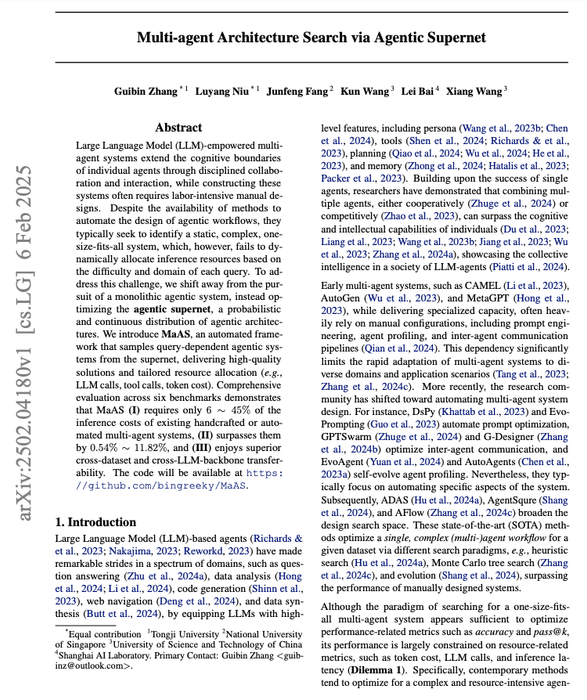Sublime
An inspiration engine for ideas
How Machine Learning Works And now, here’s the intuitive, elegant answer to the big dilemma, the next step of learning that will move beyond univariate to multivariate predictive modeling, guided by both positive and negative cases: Keep going. So far, we’ve established two risk groups. Next, in the low-risk group, find another factor that best
... See moreEric Siegel • Predictive Analytics
That’s why it’s useful to specify certain types of decisions as outputs. Then they can be assigned to people and those people can be trained and evaluated.
John Seiffer • Output Thinking: Scale Faster, Manage Better, Transform Your Company
It traditionally assumed that firms were independent, and so changes would be independent, and so their sizes and aggregate effects would be distributed normally.
W. Brian Arthur • Complexity Economics: Proceedings of the Santa Fe Institute's 2019 Fall Symposium
Artificial General Intelligence
Prashanth Narayan and • 5 cards
Over the course of several summers in the late 1960s, Baum and Lloyd Welch, an information theorist working down the hall, developed an algorithm to analyze Markov chains, which are sequences of events in which the probability of what happens next depends only on the current state, not past events.
Gregory Zuckerman • The Man Who Solved the Market

